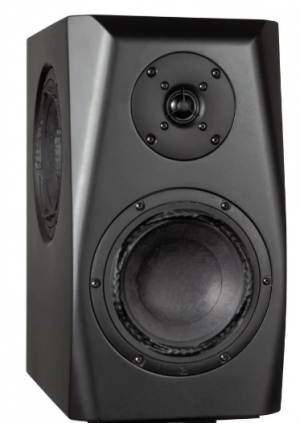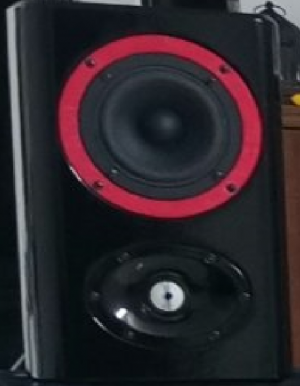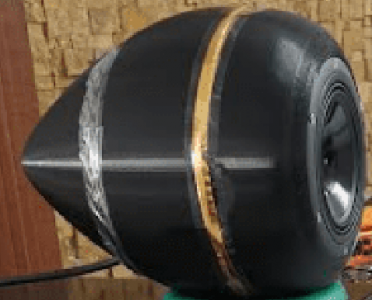siddharthdas
Active Member
Distortion is one of the ways our brain is trained to understand loudness. It might come as a surprise to some that you can play music to deafening loudness without realising it. It is only when you try to talk to someone next to you, that you realise how loud the sound really is. Even if that were not the case, you do not wish your speaker to add or subtract anything to the source - also known as distortion. One type of distortion that we pay attention to, is harmonic distortion - i.e. spurious signals generated by the audio chain, that are multiple of the fundamental frequency. Other signals that are not harmonic are called noise. So THD+Noise is often a measure of total distortion generated by a system.
It is clearly desirable that sounds produced by a system, that are not present in the input signal, be of such loudness that they are undetectable by and therefore inaudible to the human ear. Before we get to how low is really low, lets understand magnitude. -24db of THD+N is 2^8 times OR 256 times less loud than the primary signal. At -24 db distortion, it sounds incredibly good to me intuitively. So anything over -30db of THD is really goo/d.
The human ear is pretty good at ignoring uncorrelated noise. Hence in the THD+N we actually focus predominantly on THD. Measuring that is also rather straightforward. Play a "fundamental" tone really loud and measure all the harmonic frequencies generated spuriously by listening for them. As long as those are all below -48 db, we are in good shape. And if not, you know where you stand. So yes, great
Great speaker systems have very low distortion.
Speakers aside, tube amps are known for their even order distortion attributes. They might sound pleasant even, but they are not true to source. Which brings up that other question of "truth" (original signal) vs. "preference" (an even order harmonic is many a time pleasant to listen to), and no more is that more relevant than the unique sound of the tube amp. Cheers!
It is clearly desirable that sounds produced by a system, that are not present in the input signal, be of such loudness that they are undetectable by and therefore inaudible to the human ear. Before we get to how low is really low, lets understand magnitude. -24db of THD+N is 2^8 times OR 256 times less loud than the primary signal. At -24 db distortion, it sounds incredibly good to me intuitively. So anything over -30db of THD is really goo/d.
The human ear is pretty good at ignoring uncorrelated noise. Hence in the THD+N we actually focus predominantly on THD. Measuring that is also rather straightforward. Play a "fundamental" tone really loud and measure all the harmonic frequencies generated spuriously by listening for them. As long as those are all below -48 db, we are in good shape. And if not, you know where you stand. So yes, great
Great speaker systems have very low distortion.
Speakers aside, tube amps are known for their even order distortion attributes. They might sound pleasant even, but they are not true to source. Which brings up that other question of "truth" (original signal) vs. "preference" (an even order harmonic is many a time pleasant to listen to), and no more is that more relevant than the unique sound of the tube amp. Cheers!




